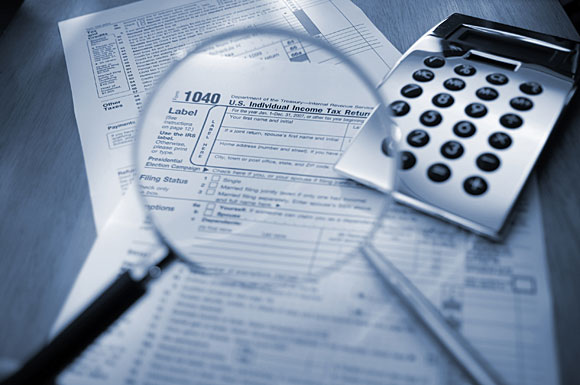That's what 35,000 wealthy households paid in taxes in 2009. Why is that?
The percentage of U.S. taxpayers reporting adjusted gross income exceeding $200,000 who paid no U.S. income taxes increased in 2009 to 0.53 percent from 0.51 percent, meaning that one in 189 high earners avoided taxation, an Internal Revenue Service study found.
The filers reported tax-exempt interest along with deductible charitable contributions, medical expenses and other items to reduce their taxable income. Some avoid the alternative minimum tax, which was created in 1969 in response to a report that 155 people earned $200,000 and paid nothing in taxes.
“High-income returns are more often nontaxable as a result of a combination of reasons, none of which, by itself, would result in nontaxability,” the IRS wrote in a report released May 25.
The annual report comes during a debate over the fairness of the U.S. tax code and particularly how it applies to those at the top of the income scale. President Barack Obama has proposed the so-called Buffett rule that would impose a 30 percent minimum tax on high earners; a congressional proposal implementing the rule set the threshold for the 30 percent tax at $2 million.
The IRS uses two definitions of income and two of taxation in its calculations, resulting in four ways of measuring the percentage of Americans with high incomes and no taxes. In 2009, the percentage of nontaxable returns rose in three of the four measures and hit a record high, stretching back to 1977.
There were 10,080 households with adjusted gross income of at least $200,000 annually, or 0.26 percent of high earners, who paid no income taxes in the U.S. or to other countries.
Using an expanded concept of income that includes some nontaxable items and looking only at U.S. income taxes, there were 35,061 households, or 0.88 percent, that paid nothing.
--Bloomberg News--







